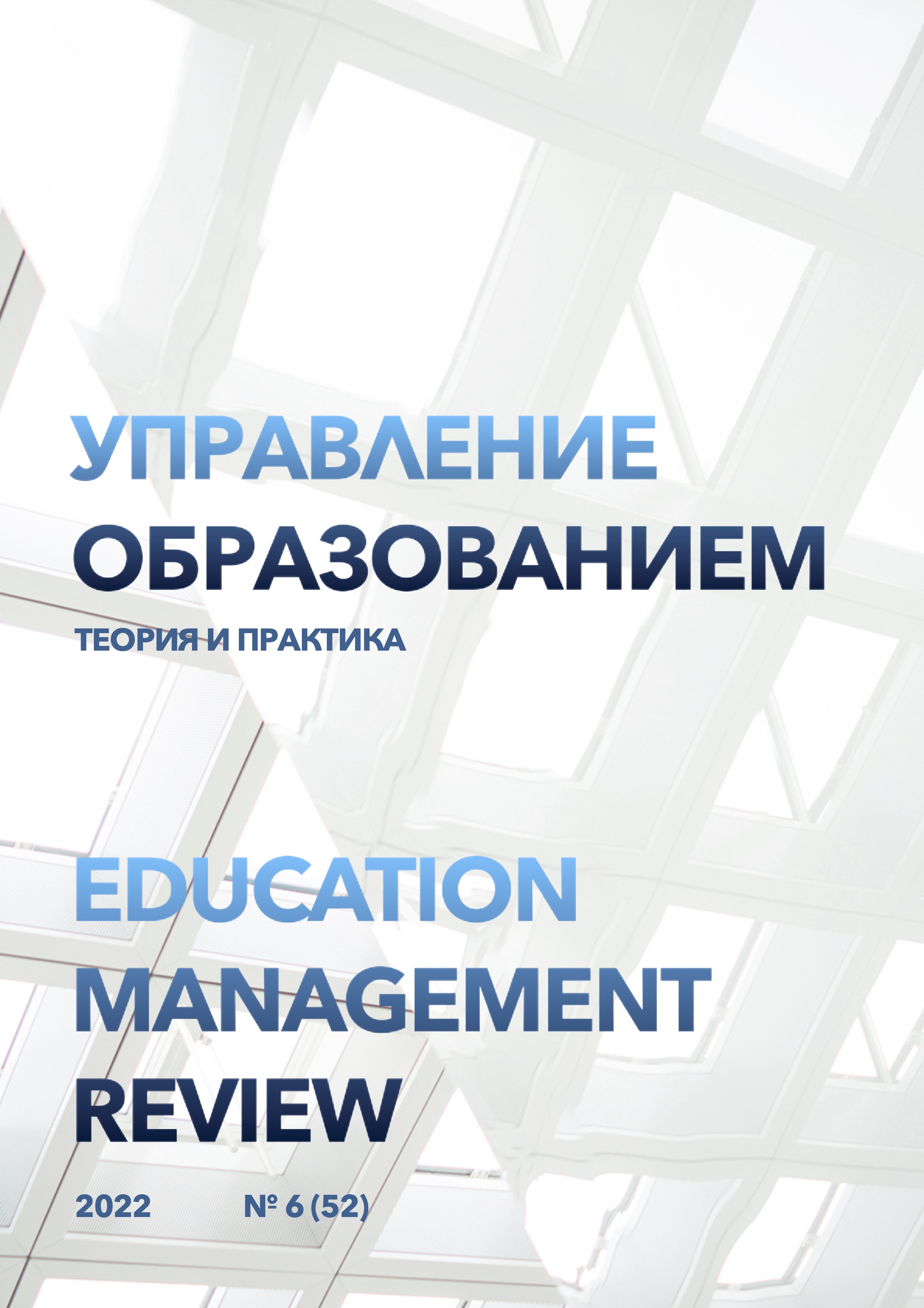The importance of using intersemiotic translations in the process of studying literature
DOI:
https://doi.org/10.25726/w5079-5876-7838-qKeywords:
intersemiotic translation, A.S. Pushkin, film interpretation, composition, motive, image, The Captain's daughterAbstract
The process of studying literature is traditionally associated with the multidimensional analysis of texts and scientific works. The appeal to intersemiotic translations is important, as it focuses on interpretive strategies, promotes the development of skills of semiotic and contextual analysis. The translation of a literary text into the language of nonverbal art is subject to special laws that allow a greater degree of freedom in the interpreter's work than in interlanguage translation, and at the same time assume a special responsibility to the interpreted material. Understanding the meaning of the translated material is connected with the willingness to see and hear the original text in a new way, with the recognition of the laws of another art, which may require a serious change in the original. The sign system of each art is only partially ready for reconstruction. The semantic dominant is sometimes transformed during the intersemiotic translation of signs, which is associated with the specifics of the functioning of the system. The context in which the literary text was created can be taken into account or ignored, but close attention to the concept of the author of the primary text will not increase the distance. The goal of the creator of the intersemiotic translation is consonant with the goal of the authors of other types of interpretations - building a dialogue between sign systems. We propose to analyze the work based on the story of A.S. Pushkin "The Captain's Daughter" and the film interpretation of the same name by Ekaterina Mikhailova. The classic text has been repeatedly filmed, but its translation into the language of animation is an exceptional phenomenon. The realistic dimension of the story corresponds to the puppet character of animation; animation art contributes to the disclosure of the category of mystery, the fantastic, into the language of which literary history is transferred. The article is devoted to the specifics of the analysis of intersemiotic translation in the context of the study of verbal text.
References
Белинский В.Г. Сочинения Александра Пушкина. Одиннадцатая статья // Белинский В.Г. Сочинения Александра Пушкина. М.: Книжный Клуб Книговек, 2021. 688 с.
Зверева Т.В. Площадь и балаган: размышления над "Капитанской дочкой" Екатерины Михайловой // Уральский филологический вестник. 2019. № 5. С. 123-132.
Калинина А.А. "Капитанская дочка" Е. Михайловой: интерпретация пушкинской повести // Гуманитарный вектор. 2017. № 10. С. 57-60.
Лотман Ю.М. Об оппозиции «честь» — «слава» в светских текстах киевского периода // Лотман Ю.М. Избранные статьи. В 3-х тт. Т. II. Таллинн: 1992. С. 111-126
Михайлова Е. "Меня привлекает форма рондо". 2013 // https://www.kinoteatr.ru/kino/person/309/
Пушкин А.С. "Капитанская дочка" / Пушкин А.С. Собрание сочинений в десяти томах. Т.5. Романы, повести. М.: "Художественная литература", 1960. 664 с.
Пушкин А.С. Бесы // Пушкин А.С. Собрание сочинений в десяти томах. Т.2. Стихотворения 1828-1836. М.: "Художественная литература", 1959. 800 с.
Цветаева М. Мой Пушкин. М.: Азбука, 2010. 224 с.
Шмид В. Проза как поэзия. Пушкин, Достоевский, Чехов, авангард. СПб.: ИНАПРЕСС, 1998. 352 с.
Эко У. Сказать почти то же самое. М.: АСТ: CORPUS, 2015. 736 с.
Якобсон Р.О лингвистических аспектах перевода // Вопросы теории перевода в зарубежной лингвистике. М., 1978. С. 16-24.
Ямпольский М.Б. Память Тиресия. М.: РИК "Культура", 1993. 464 с.




